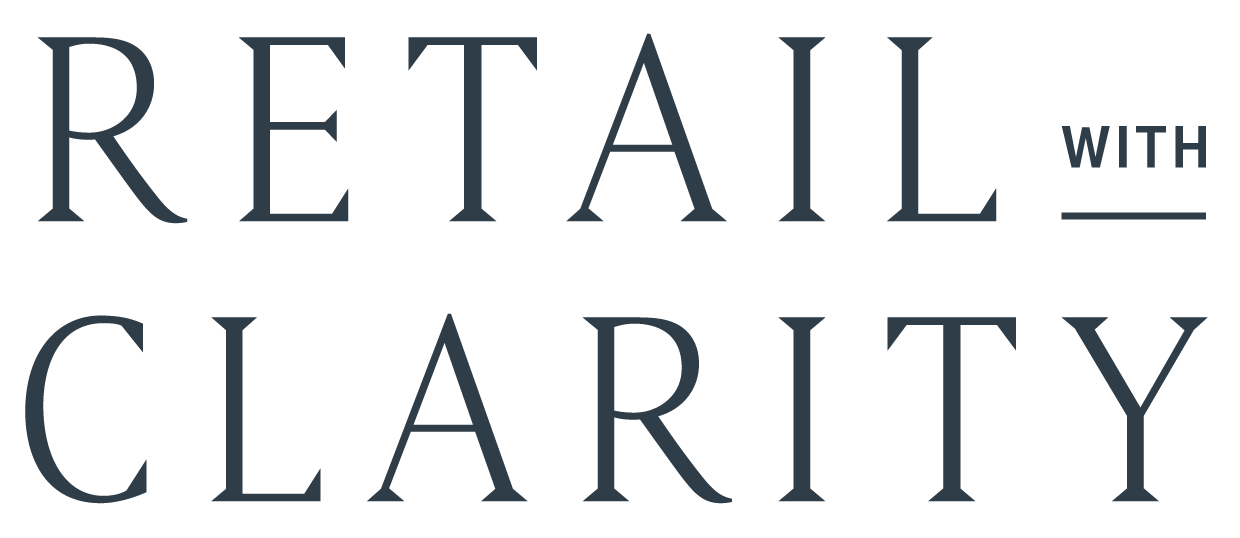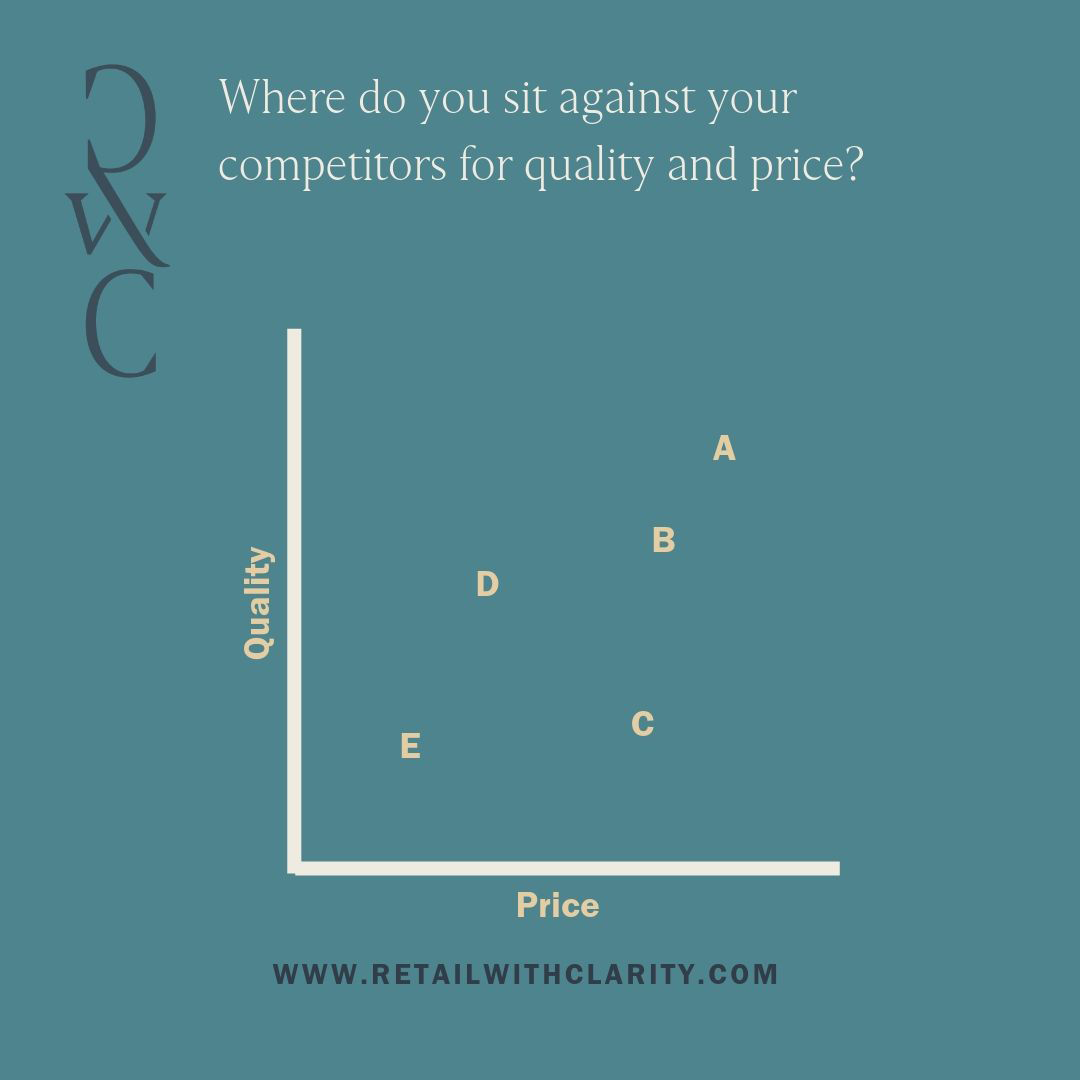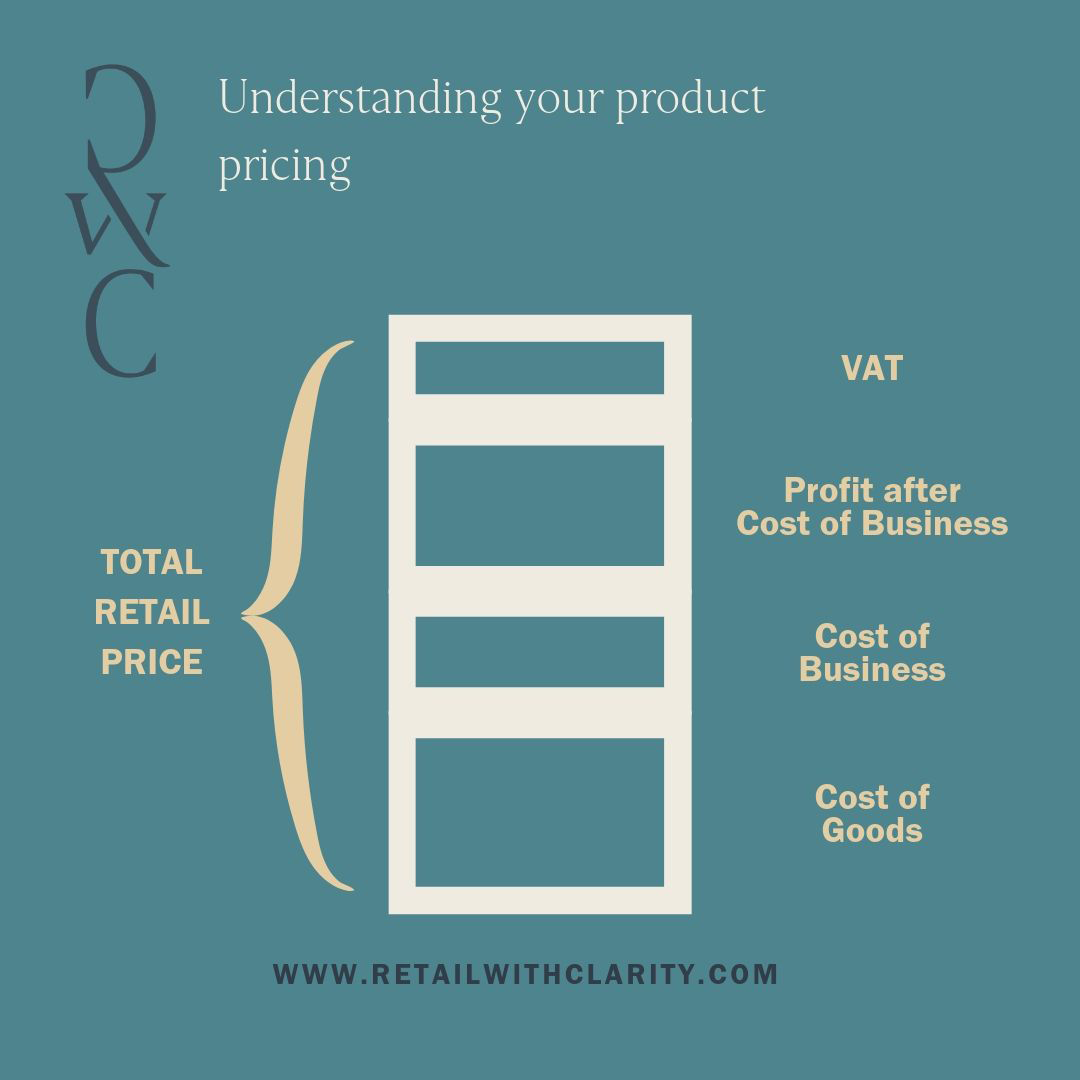How to determine your product pricing
“I need to make profit but I don’t want to price so high that I don’t sell anything”
Everything in retail is a bit of a balancing act – setting prices is no different. Here are the key things you need to consider when deciding yours:
1 | Market position
Be clear on who your customer is, where do they live, where else do they shop, what newspapers and magazines do they read? Who are your competitors? Benchmark yourself against them on quality and market position. Then decide where you want your pricing to sit in relation to your competitors; are these prices that reflect your customers’ lifestyle?
2 | Cost of the product
How much does it cost you to make or purchase the product? No, how much does it REALLY cost? Have you taken into account shipping charges, the use of your electricity & other utilities, the cost of your time? This is the biggie if you’re a maker, do not give away your time for free. 1) you are worth more than that, a lot more 2) if you scale up and begin to outsource production, your costs will increase and you will likely have to pass that cost onto your customers in your retail prices. Setting your prices at the right level at the outset will mean you can avoid annoying your customers by hiking them up later.
3 | Sales tax
Always factor in how much VAT you need to pay. Most products in the UK attract 20% VAT but there are some that are VAT exempt (for example children’s clothing) and some that attract a lower %. If you’re not sure you can check on the HMRC website. If you sell your products overseas ensure you know the correct sales tax for your products and account for it in the pricing in the relevant countries.
4 | Cost of doing business
Outside of purchasing stock or materials, how much does it cost to run your business? Rent, rates, electricity, staffing costs, your salary, marketing, professional services (e.g. accountants), tax etc. What does this equate to as a proportion of your planned sales for the year?
5 | How much profit do you want to make?
Have you planned how much profit you want to have at the end of the year, after all of the costs of doing business? If not, do this! What does it equate to as a proportion of your planned sales for the year?



